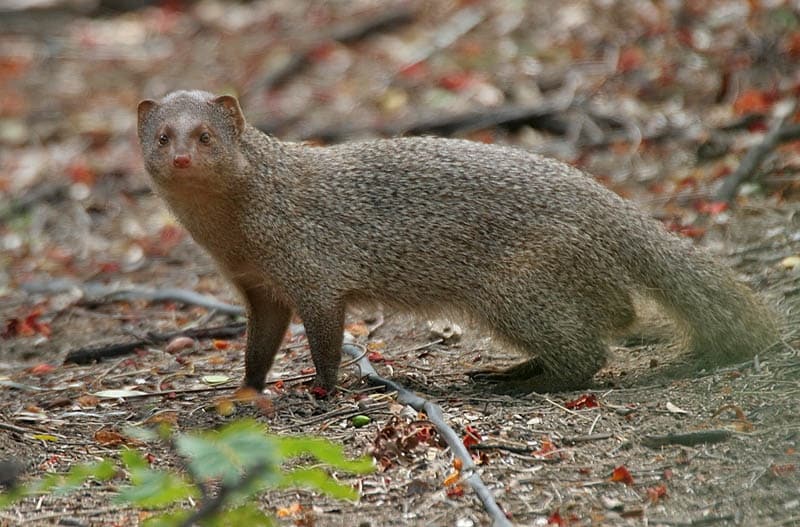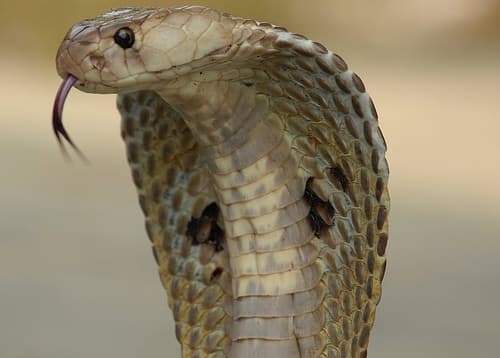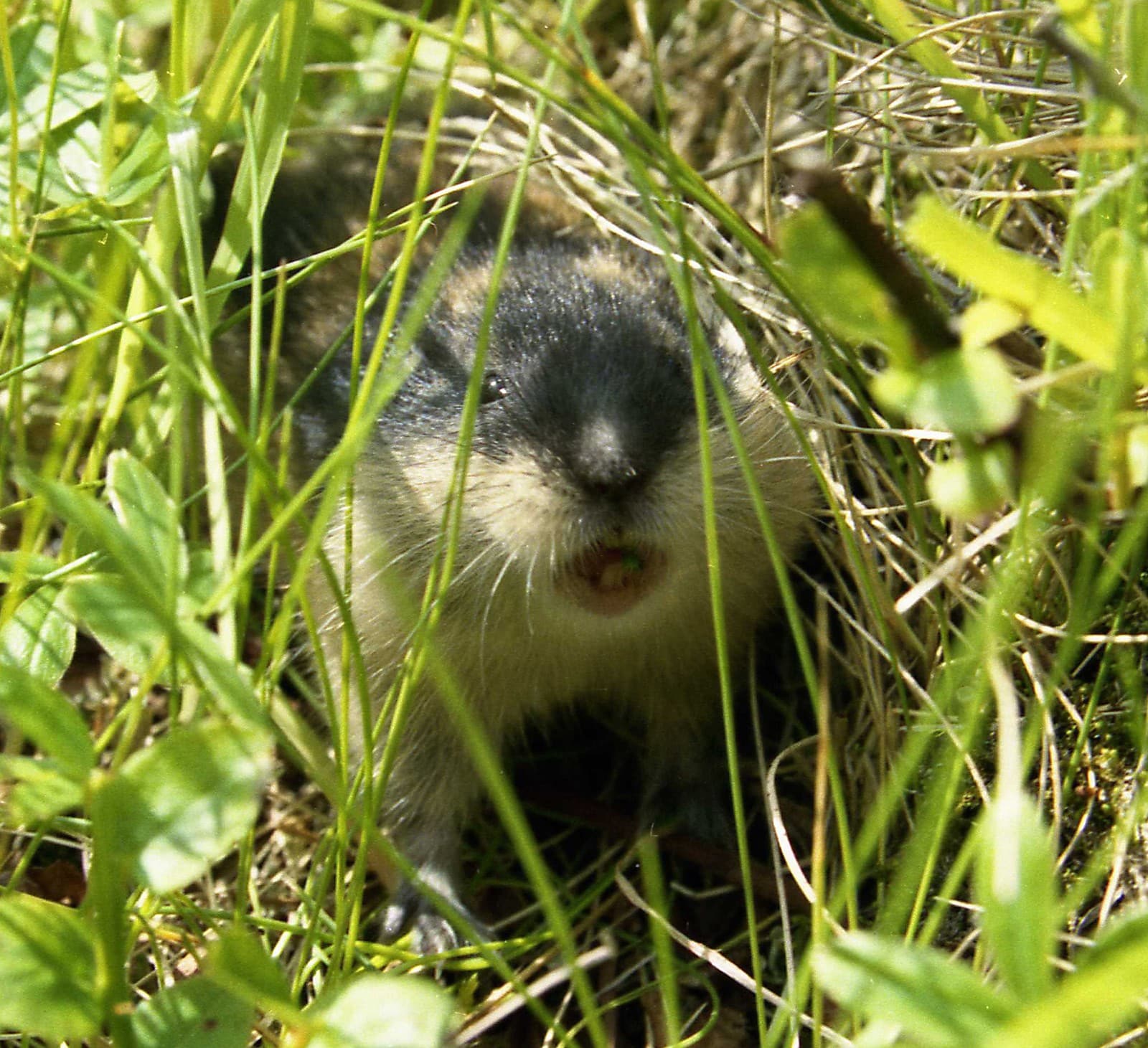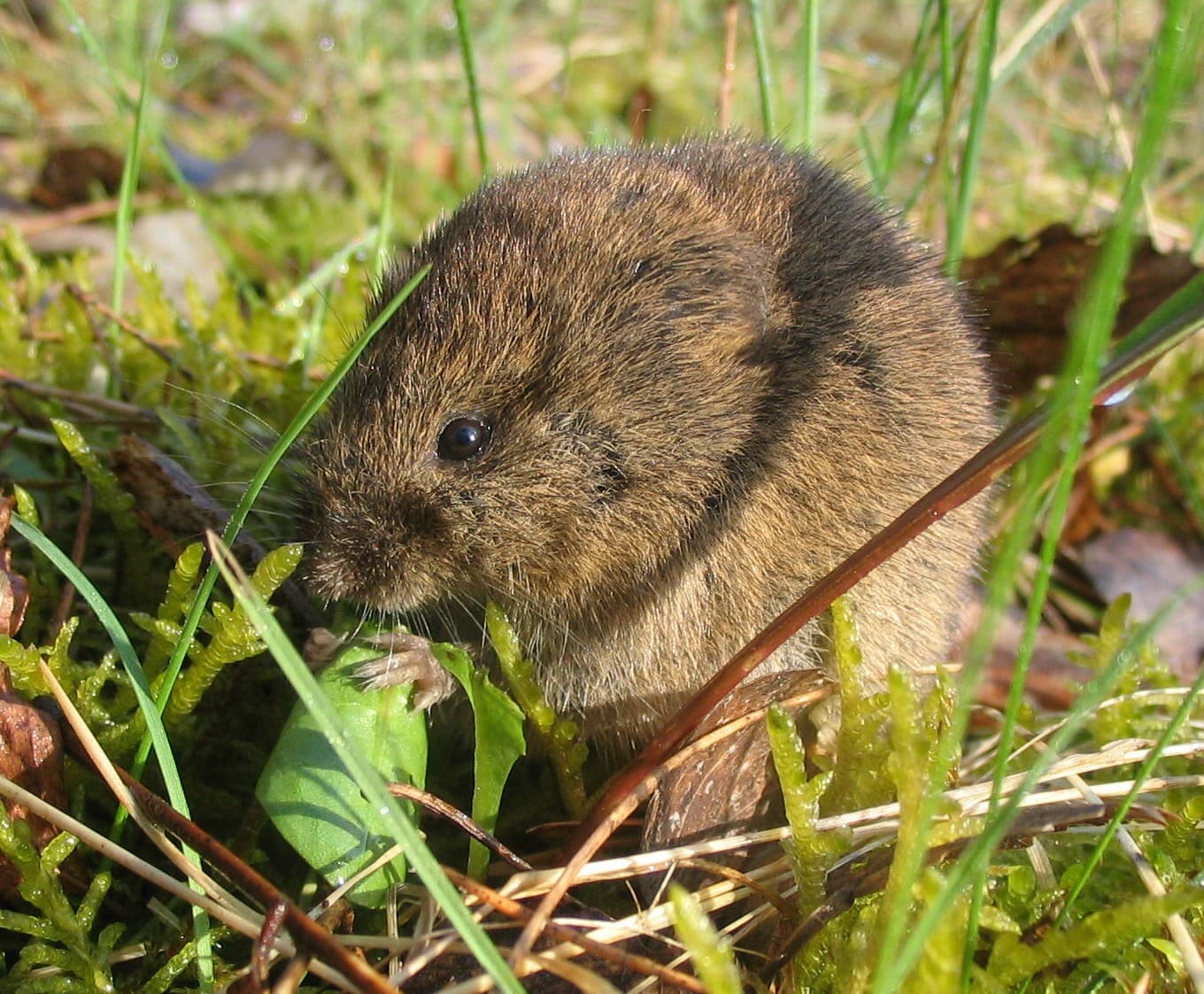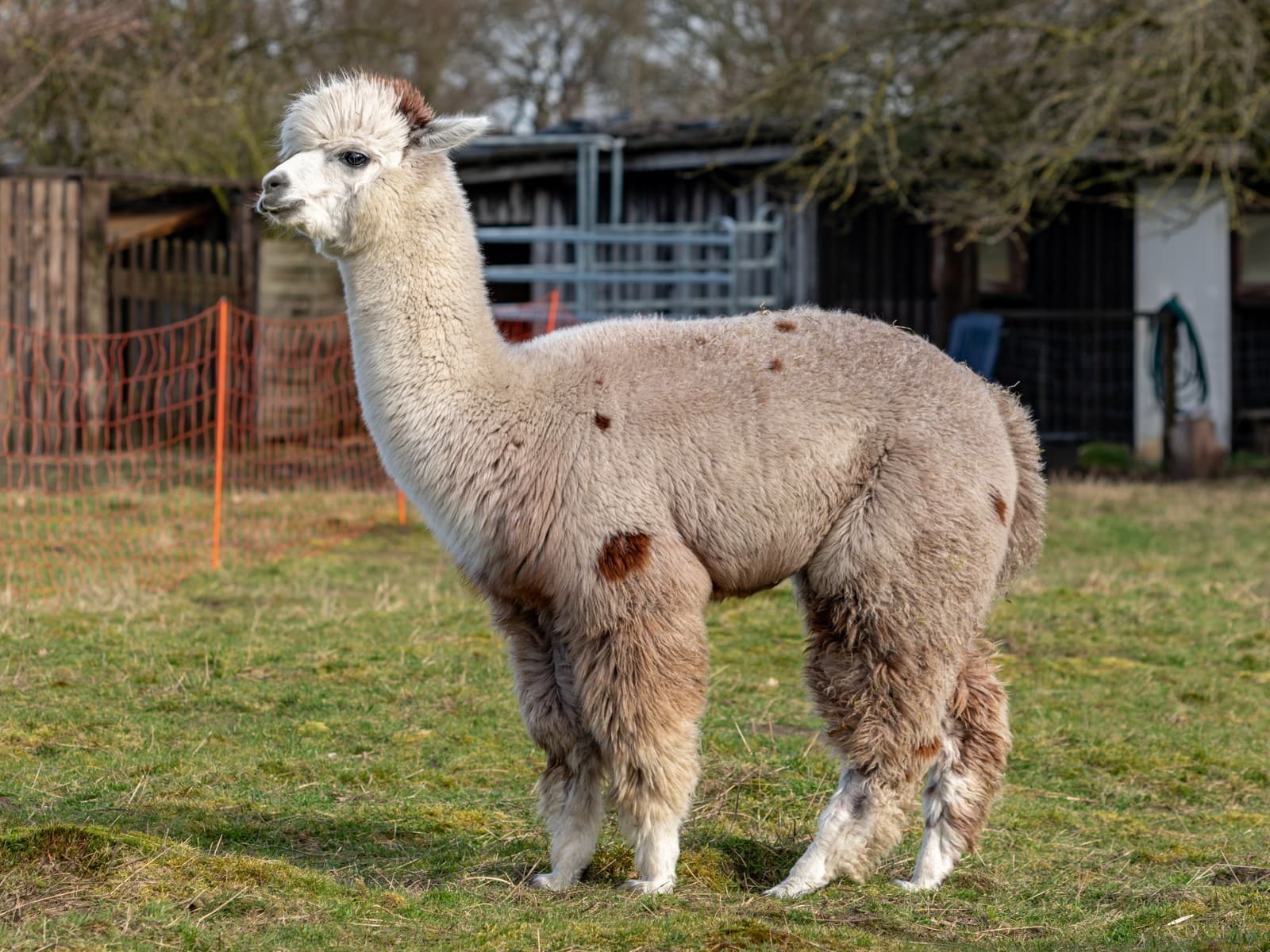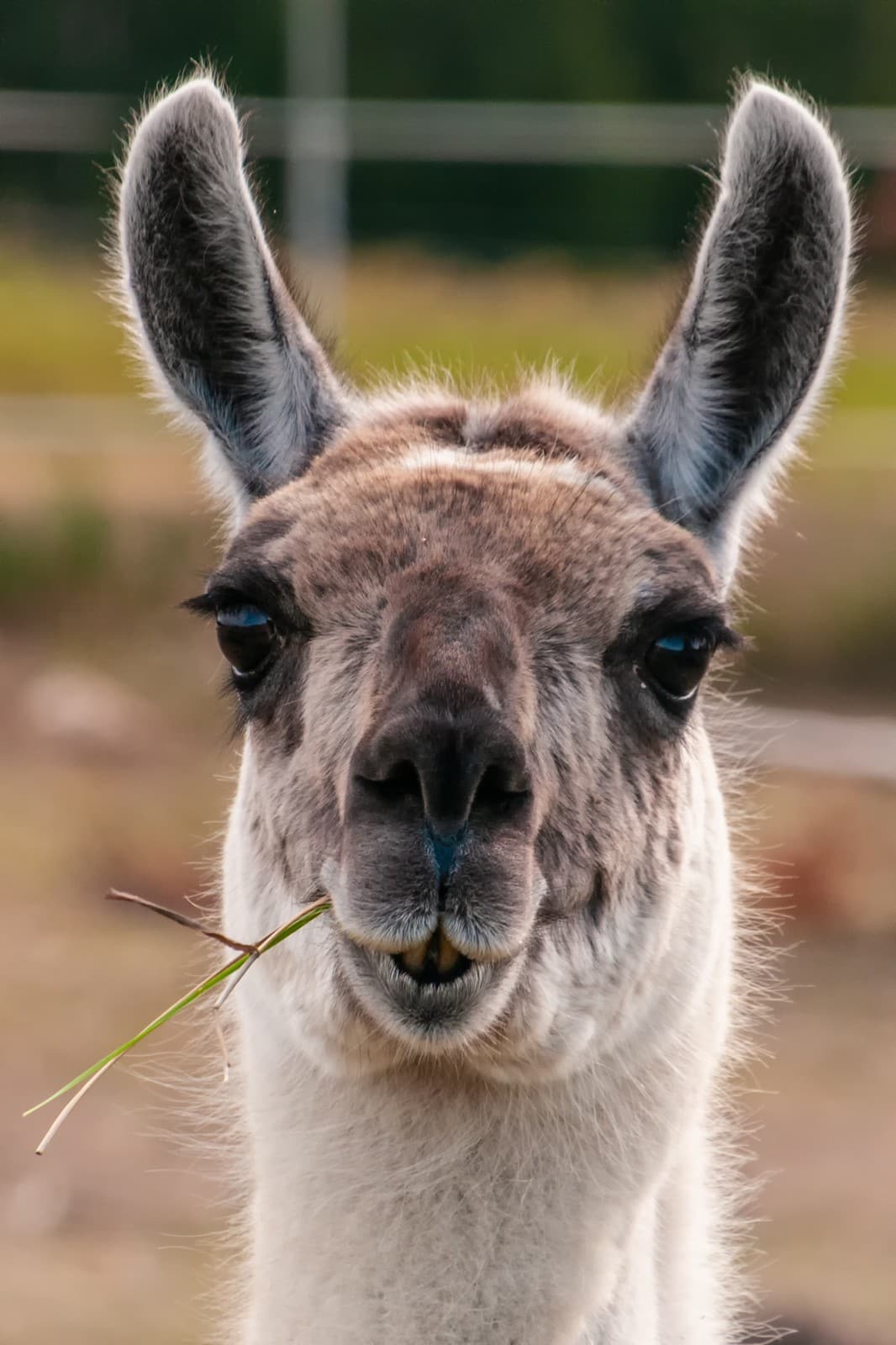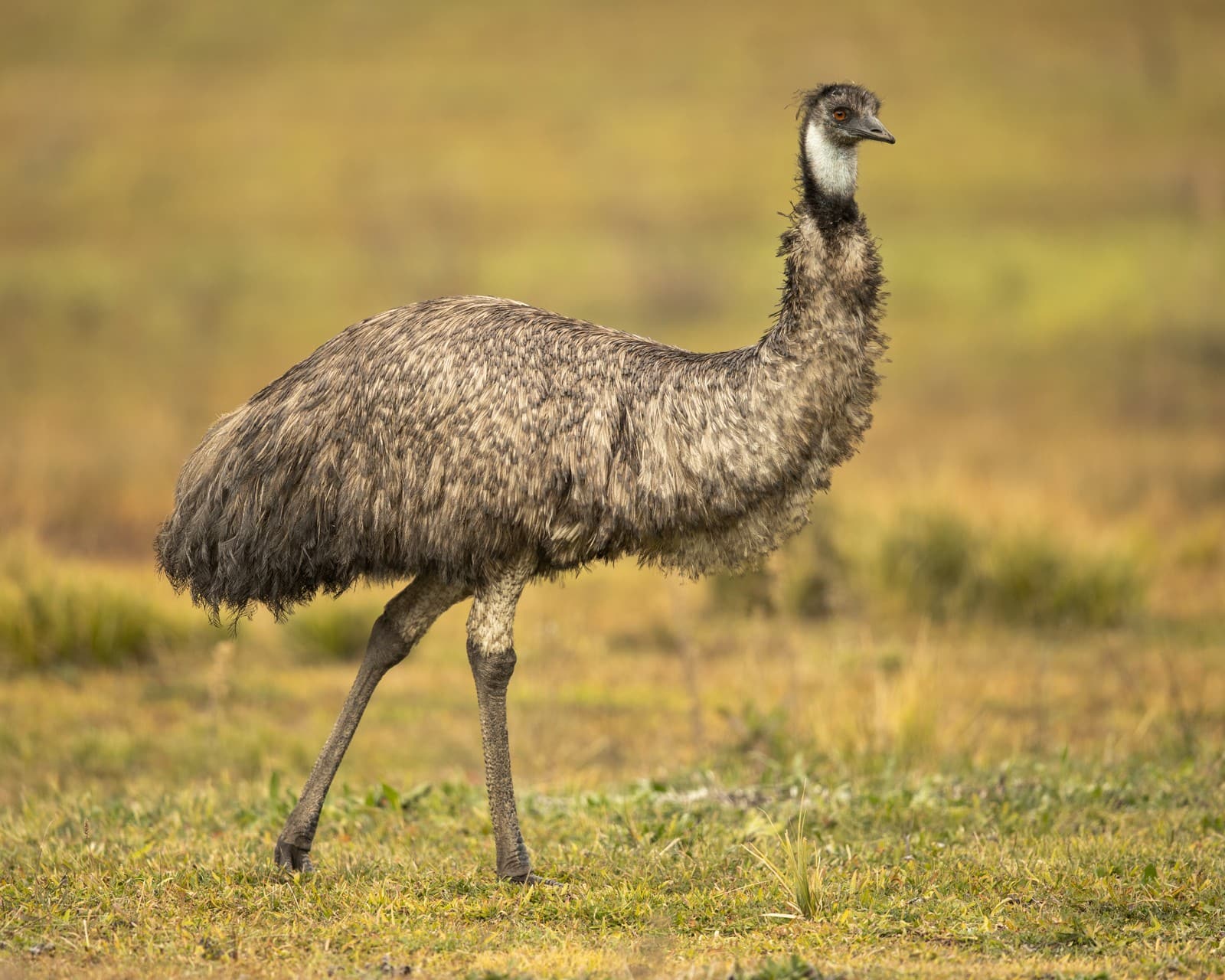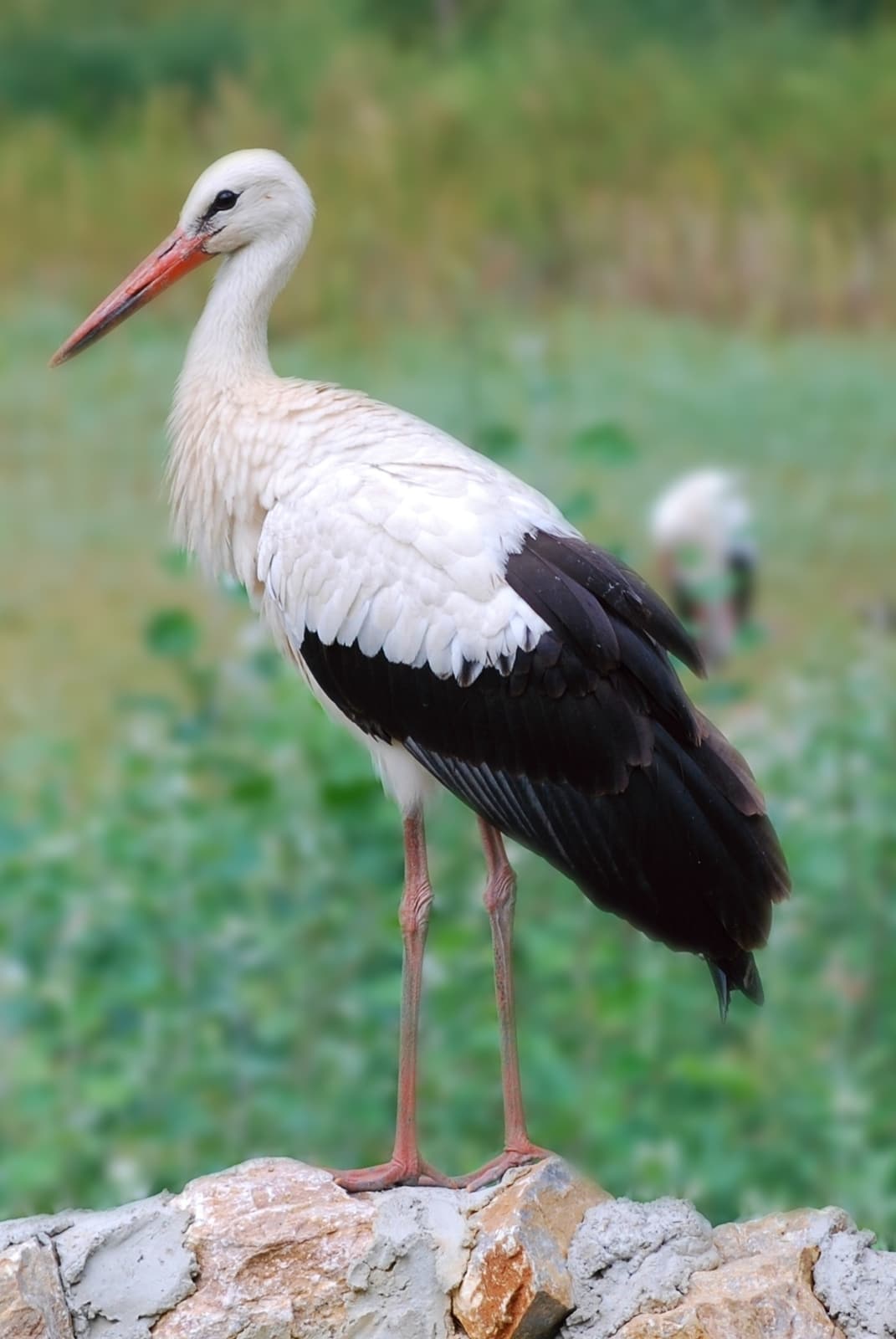Viper vs Cobra: A Complete Comparison
In the realm of venomous snakes, the viper and cobra represent two distinct evolutionary masterpieces. While both are formidable predators, vipers typically deliver deeper, tissue-destroying bites with hemotoxic venom, whereas cobras employ neurotoxic venom that rapidly attacks the nervous system. The average viper measures 20-35 inches (50-90 cm), while most cobra species reach lengths of 6.6-13 feet (2-4 meters).
These serpents differ dramatically in their hunting and defensive strategies. Vipers are ambush predators, relying on camouflage and heat-sensing pits, while cobras actively hunt their prey and use their iconic hood display as a warning signal. Understanding these distinctions is crucial for both wildlife enthusiasts and those living in regions where these snakes are found.
Visual Comparison
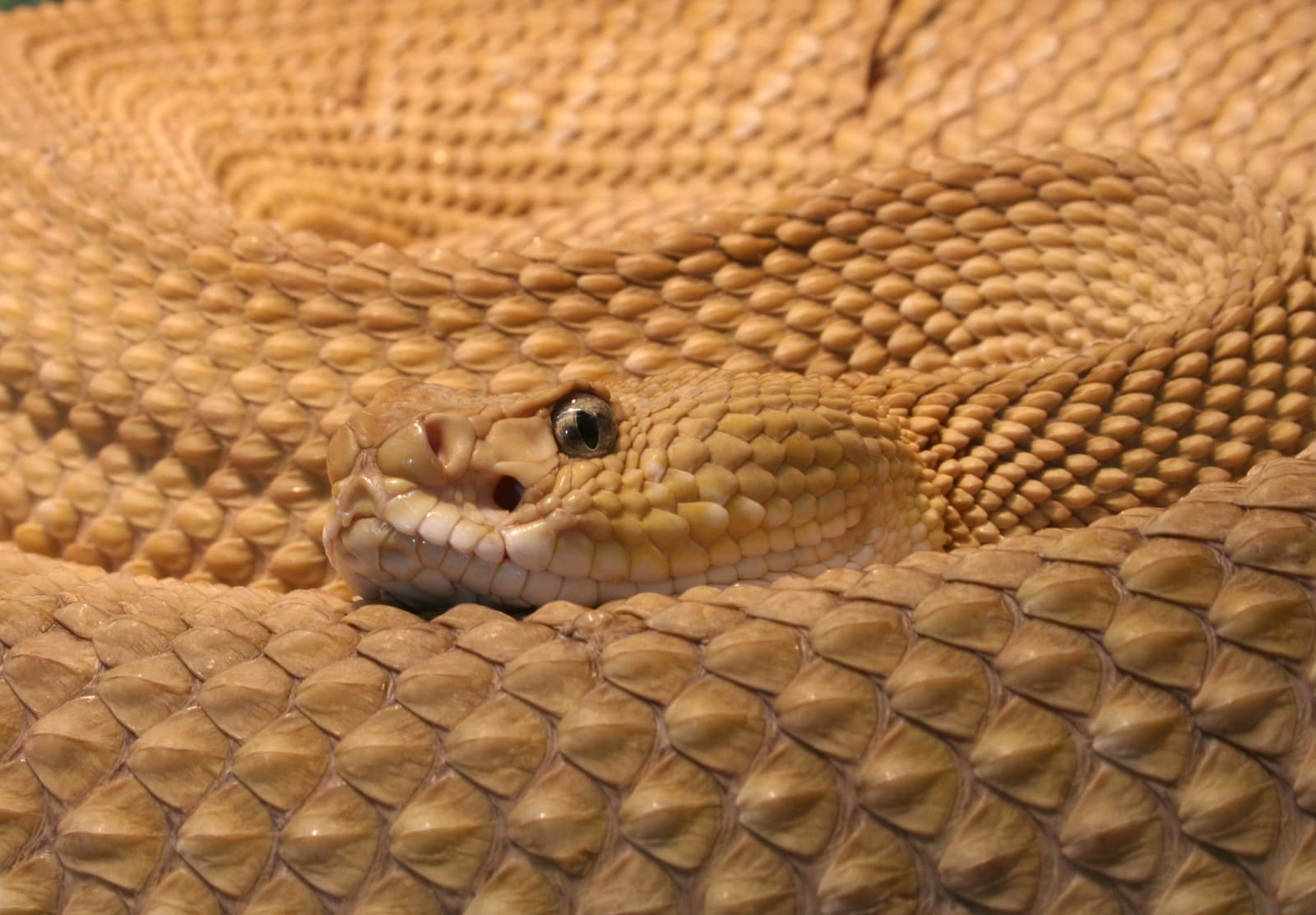
© Holger Krisp / CC BY 3.0
The viper’s distinctive triangular head houses specialized venom glands and folding fangs, allowing for deep tissue penetration during strikes. Note the heat-sensing pit between the eye and nostril, a feature absent in cobras.
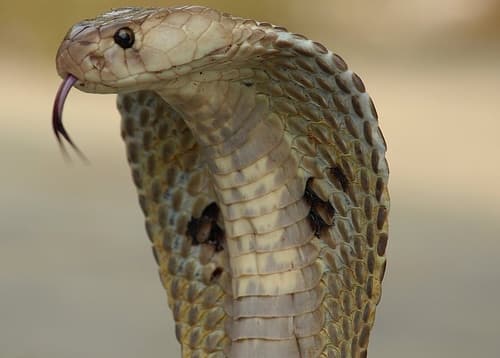
© Kamalnv / CC BY 3.0
The cobra’s distinctive hood display serves as a warning signal to potential threats. Their fixed fangs and sleeker head shape contrast sharply with the viper’s anatomy.
Key Differences: Viper vs Cobra
| Feature | Viper | Cobra |
|---|---|---|
| Head Shape | Broad, triangular | Sleek, elliptical |
| Venom Type | Primarily hemotoxic | Primarily neurotoxic |
| Fang Type | Long, folding | Fixed, shorter |
| Hunting Style | Ambush predator | Active hunter |
| Average Size | 20-35 inches (50-90 cm) | 6.6-13 feet (2-4 m) |
| Defensive Display | Coiled posture, rattling (in some species) | Hood display, upright stance |
Venom Comparison and Effects
Viper venom primarily attacks blood and tissue, causing severe local swelling, tissue death, and potential organ failure. Their hemotoxic venom can take hours or days to become fatal if untreated. Cobra venom, conversely, targets the nervous system, potentially causing respiratory failure within hours. Their neurotoxic venom can lead to death more rapidly, though specific effects vary by species.
Habitat and Distribution
Vipers show remarkable adaptability, inhabiting environments from deserts to rainforests across six continents. Most species prefer terrestrial environments and are found at various elevations. Cobras primarily inhabit tropical and subtropical regions across Africa and Asia, with some species showing remarkable adaptability to human-modified landscapes.
Hunting and Behavior
Viper Hunting Tactics
- Ambush predator
- Uses heat-sensing pits to detect prey
- Strikes quickly and releases prey
- Tracks fallen prey using scent
- Primarily nocturnal
Cobra Hunting Tactics
- Active hunter
- Relies on excellent eyesight
- May pursue prey
- Often hunts during daylight
- Uses venom strategically
Who Would Win in a Confrontation?
While such encounters rarely occur naturally, the outcome would largely depend on species-specific factors. Cobras generally have advantages in:
- Larger size
- Faster-acting venom
- Superior striking speed
- Better defensive capabilities
However, vipers excel in:
- Precision striking
- Deeper fang penetration
- Camouflage abilities
- Thermal detection
Conservation Status and Human Interaction
Both snake groups face similar threats:
- Habitat loss
- Human persecution
- Climate change
- Collection for traditional medicine
Understanding these remarkable predators helps foster appreciation rather than fear, contributing to their conservation and human safety in snake-inhabited areas.
Medical Significance
Antivenom development differs significantly between these species:
- Viper antivenom must counter tissue damage
- Cobra antivenom focuses on neutralizing neurotoxins
- Different medical approaches required for each type of bite
- Time to treatment critically important in both cases
This comprehensive comparison reveals two distinct evolutionary approaches to survival, each perfectly adapted to their ecological roles. While both vipers and cobras rank among nature’s deadliest predators, their different hunting strategies and venom mechanisms showcase the diverse paths evolution can take to create successful predators.
